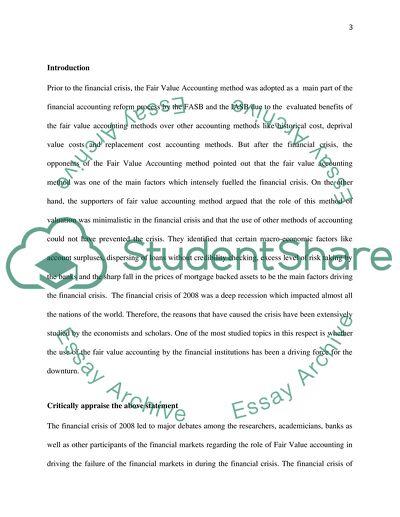Cite this document
(“Financial crises and Fair Value Accounting (Historical cost,deprival Essay”, n.d.)
Financial crises and Fair Value Accounting (Historical cost,deprival Essay. Retrieved from https://studentshare.org/finance-accounting/1641145-financial-crises-and-fair-value-accounting-historical-costdeprival-value-and-replacement-cost
Financial crises and Fair Value Accounting (Historical cost,deprival Essay. Retrieved from https://studentshare.org/finance-accounting/1641145-financial-crises-and-fair-value-accounting-historical-costdeprival-value-and-replacement-cost
(Financial Crises and Fair Value Accounting (Historical cost,deprival Essay)
Financial Crises and Fair Value Accounting (Historical cost,deprival Essay. https://studentshare.org/finance-accounting/1641145-financial-crises-and-fair-value-accounting-historical-costdeprival-value-and-replacement-cost.
Financial Crises and Fair Value Accounting (Historical cost,deprival Essay. https://studentshare.org/finance-accounting/1641145-financial-crises-and-fair-value-accounting-historical-costdeprival-value-and-replacement-cost.
“Financial Crises and Fair Value Accounting (Historical cost,deprival Essay”, n.d. https://studentshare.org/finance-accounting/1641145-financial-crises-and-fair-value-accounting-historical-costdeprival-value-and-replacement-cost.


